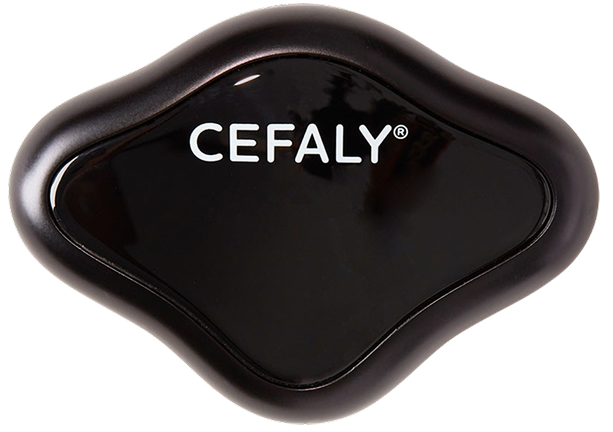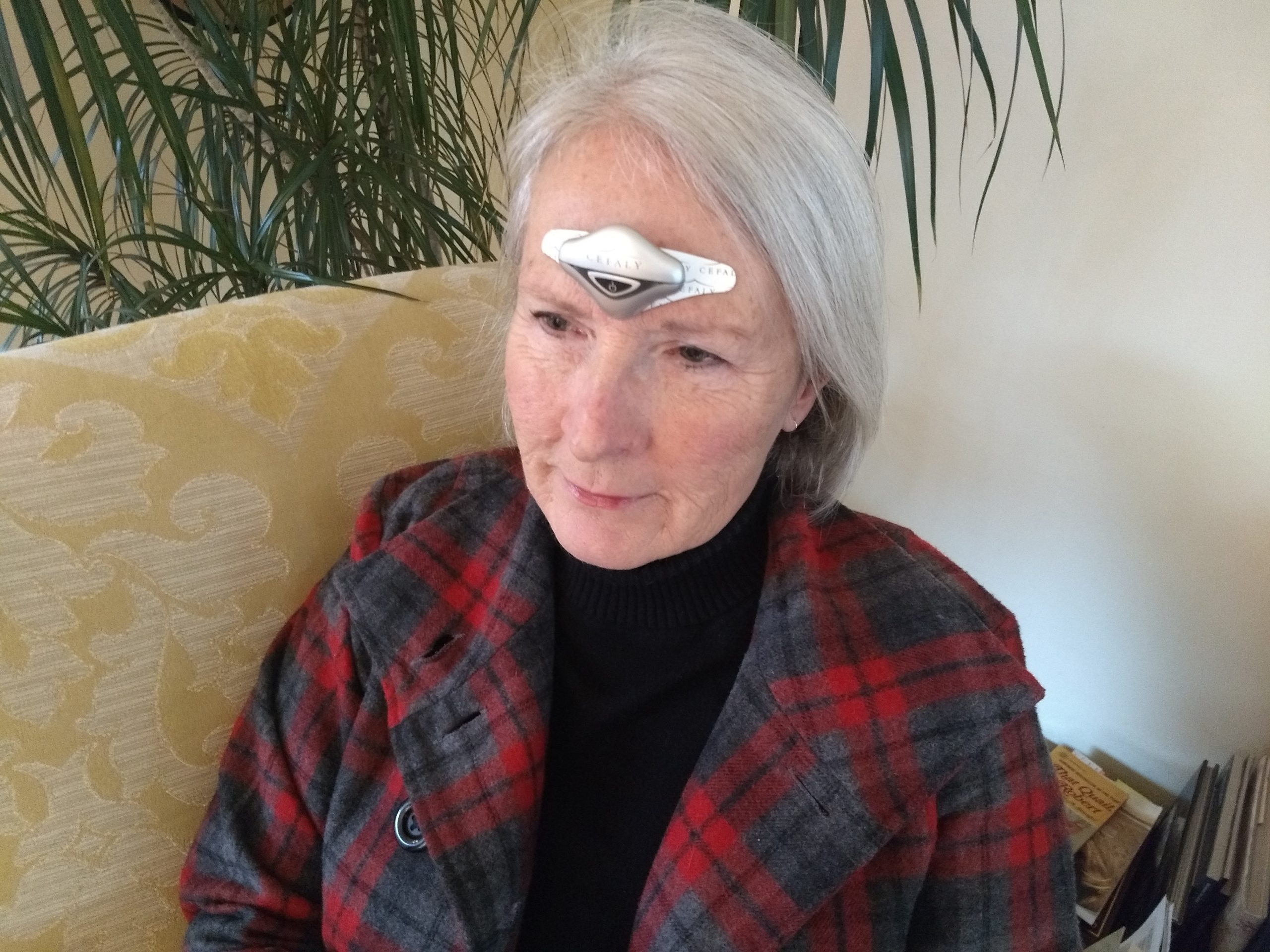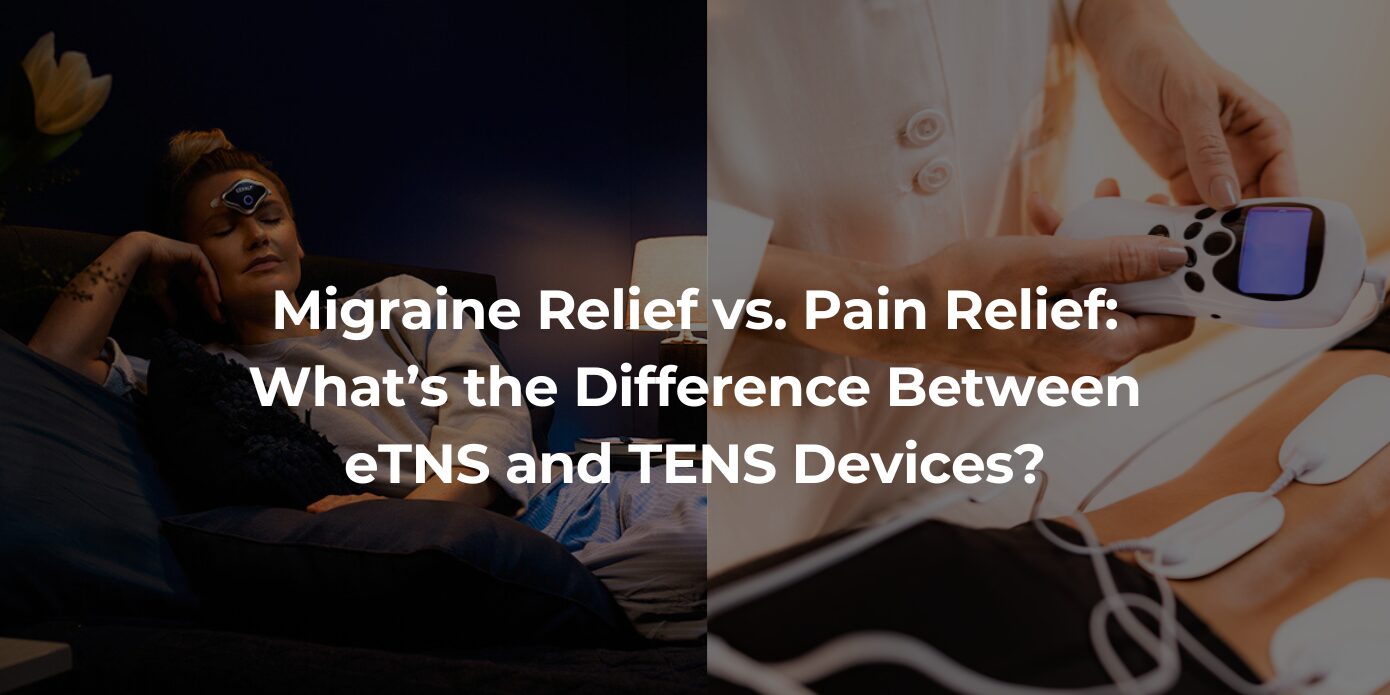While scientists are still unsure of the exact causes of migraine, we know that migraine occurs in people with an unusually sensitive nervous system. Stimulating the nerves involved in migraine can disrupt pain signaling and also make the nerves less sensitive. If you experience migraine attacks, nerve stimulation could be a viable treatment method, especially if you aren’t getting relief you need from pharmaceutical or injectable interventions.
Learn about this treatment method in this guide to nerve stimulation for migraine.
Understanding nerve stimulation for migraine relief
Pain has an essential evolutionary function — it lets the body know when something is wrong so we can take steps to fix the problem. However, as anyone with migraine knows, some kinds of pain are not helpful. Migraine attacks can have a significant impact on your daily life, interrupting responsibilities at work and home. There are many different migraine treatments and relief products, but one drug-free option is nerve stimulation for migraine.
Using electrical currents to stimulate nerves for pain relief is not new science. It comes from a 1965 hypothesis called the Gate Control Theory of Pain, which proposes to “close the gate” for certain kinds of unhelpful or chronic pain. The neurobiologist who developed the theory hypothesized that pain flows through “gates,” and those with chronic pain have gates that stay open more than they should.
Doctors looking for ways to treat migraine turned to electrical nerve stimulation (ENS) devices, hoping the electrical current could reduce or stop the pain signals that trigger migraine attacks. Subsequent research found that ENS devices could positively impact the treatment and management of migraine.
Get Drug-Free Migraine Relief With CEFALY
Shop Now
90-day money back guarantee
FDA-cleared
financing available
How does nerve stimulation for migraine work?
ENS for migraine works by stimulating the nerves that serve as pathways for pain, nausea, dizziness and other migraine symptoms. The electrical currents in ENS are harmless, but they can block the pain signals that contribute to migraine. Initially, these devices were implanted surgically. Developments in technology have led to non-invasive options, like transcutaneous electrical nerve stimulation (TENS) units for migraine.
There are a few other types of ENS for migraine based on the different nerves they target:
Types of nerve stimulation for migraine
ENS for migraine targets three main nerves:
- Trigeminal nerve: External trigeminal neurostimulation (eTNS) targets the trigeminal nerve in the forehead, which is the primary pathway for migraine pain.
- Vagus nerve: The vagus nerves run through the chest and stomach and up to the lower part of the brain. There are surgical and external vagus nerve devices for migraine.
- Occipital nerve: Located at the back of the head, the occipital nerve is believed to be a pathway for migraine pain. Most occipital nerve stimulators (ONS) involve implanted devices, though there’s one external device on the market that targets both occipital and trigeminal nerves.
Choosing the right migraine nerve stimulator
When looking into ENS for migraine, consult with your doctor about your options. Surgically implanted devices, like those for vagus or occipital nerve stimulation, can be an intensive treatment method. They also come with varying results.
Many people with migraine prefer external devices. Prescription and over-the-counter (OTC) options are available. For example, CEFALY Connected is a clinically proven, FDA-cleared OTC eTNS device that uses gentle electrical impulses to reduce migraine frequency and relieve pain and other symptoms.
CEFALY attaches to an adhesive electrode worn on the forehead to target the trigeminal nerve through two treatment options — ACUTE and PREVENT. To help prevent migraine, use CEFALY daily with the 20-minute PREVENT setting. When you feel the first signs of an attack, use the ACUTE setting to relieve migraine pain.
Many people with migraine prefer CEFALY for a number of reasons:
- Convenience: CEFALY is a wearable device that is convenient for migraine management. Simple and compact, the CEFALY device can travel with you to prevent and relieve migraine anywhere.
- Accessibility: Because CEFALY is an OTC device, you do not need a prescription. The device is yours to keep and provides unlimited treatments.
- Cost-effectiveness: Considering most other ENS devices require ongoing prescription refills, CEFALY is a cost-effective treatment option. CEFALY may be eligible for insurance reimbursement, depending on your specific plan and provider. It’s also an eligible expense for your health savings account (HSA) or flexible spending account (FSA). The only additional costs associated with using CEFALY are replacement electrodes.

Frequently asked questions about migraine nerve stimulation
If you have frequent migraine and want relief, you probably have some questions about migraine nerve stimulation. Learn more with these common questions about eTNS devices like CEFALY:
Is electrical trigeminal nerve stimulation safe?
Trigeminal nerve stimulation is a safe and painless preventive and acute treatment for migraine attacks. Being an “FDA-cleared device” means the U.S. Food and Drug Administration has determined CEFALY is safe and effective for its intended use. Research studies and clinical trials have proven CEFALY’s safety and effectiveness.
How effective is trigeminal nerve stimulation?
Using eTNS devices like CEFALY has been clinically proven to reduce the number of migraine days and relieve migraine pain. As one example, researchers conducted a double-blind, randomized, sham-controlled study in headache centers across the U.S. The results revealed that participants had an average of 59% reduction in migraine pain intensity after a CEFALY ACUTE treatment session.
Can I use eTNS migraine devices long-term?
You can use CEFALY as a long-term treatment for migraine. The PREVENT setting is designed for everyday use, and you can use the ACUTE setting whenever you feel a migraine attack coming on.
What are the side effects?
Side effects from CEFALY are minor and are reversible with cessation of the device. The most common side effects are sleepiness after a session and headache after a PREVENT session. Uncommon side effects include temporary forehead redness after a treatment (due to increased blood flow) and nausea. Rarely, users experience a forehead skin allergy; in these cases, switching to hypoallergenic electrodes is recommended.
Does it cause any interactions with migraine medications?
CEFALY does not interact with medications. It can be used safely along with your migraine medications, or as a standalone treatment.
Will I experience withdrawal?
Unlike some treatment options, you will not experience symptoms of medical withdrawal if you stop using CEFALY.
Get relief with CEFALY
If you live with migraine, you deserve relief. Take control of your migraine treatment with CEFALY. Our device has been clinically proven to provide acute migraine relief and prevention. Around 79% of CEFALY users reported reduced pain severity after two hours of treatment, with many reporting fewer migraine days overall with continued use of the PREVENT treatment.
Whether you haven’t responded well to migraine medications or are seeking additional treatment options, CEFALY could be the right choice. You can try CEFALY Connected for 90 days with a money-back guarantee.















